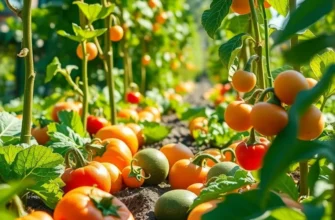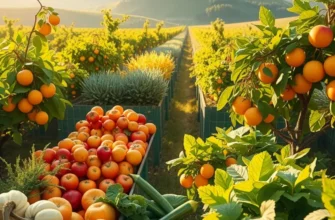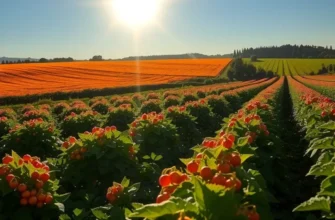Spice blending is more than just a culinary practice; it embodies the stories and traditions of cultures around the world. Each spice carries its unique aroma and taste, a symbol of heritage passed down through generations. From the vibrant masalas of India to the earthy berbere of Ethiopia, exploring these blends provides a sensory experience that connects us to the land and the people behind them. Let’s embark on a flavorful journey across continents, uncovering the rich history and cultural significance of traditional spice blends.
Cultural Roots: The World of Spice Blends
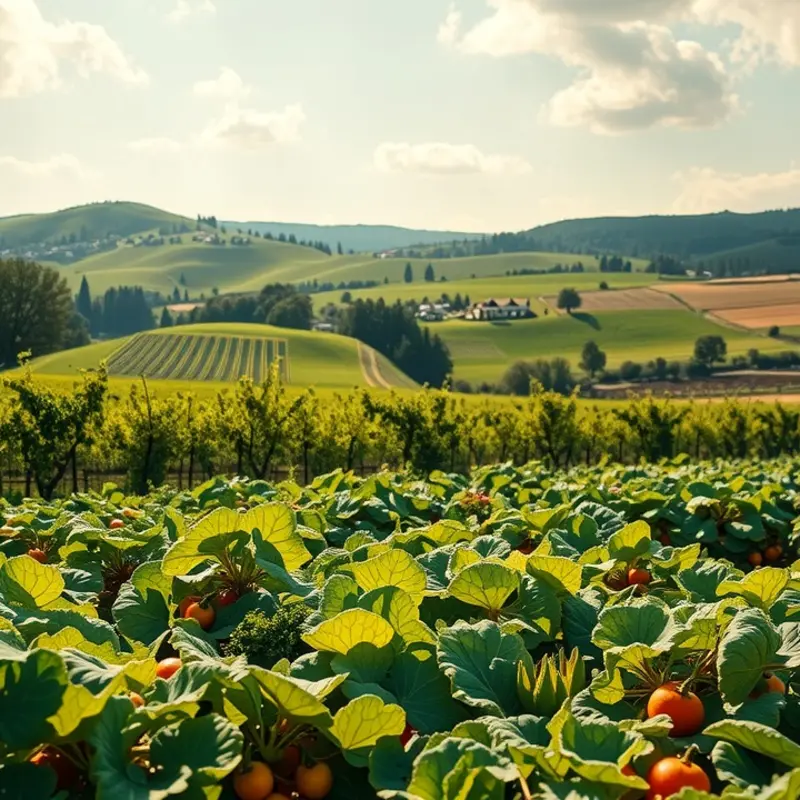
Spice blends offer a vibrant portal into their lands of origin, unlocked by the cultural nuances embedded in each mixture. Geography and climate leave unmistakable marks on the composition of spices. Take garam masala from India, for example. This blend of warm spices such as cloves, cinnamon, and cardamom is known for its depth and complexity. Emerging from the northern regions of India, garam masala translates to ‘warming spices,’ an apt descriptor for a blend meant to provide warmth during cooler months.
India’s diverse landscape plays a role in the variety of ingredients available for creating this complex mix. Coastal areas bring different spices into the fold compared to the spice cultivars of the cooler north. The balance of spices in garam masala was historically a family secret, passed down generations, each family adding its particular twist. Its culinary application ranges from flavoring lentils to enhancing the richness of curries, capturing the essence of Indian gastronomy in every bite.
In North Africa, specifically Tunisia, harissa is the spice blend that reigns supreme. This fiery paste consists mainly of chili peppers, olive oil, and garlic. Harissa’s heat is both a reflection of Tunisia’s hot climate and its Berber roots. Chili, originally from the New World, found its way into Tunisian cuisine through trade, revolutionizing local cooking practices. Harissa is more than just a burst of heat; it embodies the spirit and resilience of a people deeply connected to their land. Often used to flavor meats and stews, harissa stands as a testament to Tunisia’s culinary boldness.
Traveling eastward, we encounter za’atar, a staple in Middle Eastern kitchens. It combines sumac, sesame seeds, and herbs like thyme or oregano. Za’atar’s origins are shrouded in mystery, but it represents a synthesis of flavors that resonate throughout the Levant. The blend accentuates the region’s flora, with each component carefully selected. Sumac, with its tangy profile, echoes the pungency akin to lemon. Za’atar is integral in Palestinian and Lebanese diets, sprinkled over flatbreads or mixed with olive oil as a dip. Every use of za’atar whispers tales of tradition and identity.
Each blend is meticulously crafted, reflecting a culture’s palate and history. They invite an exploration of taste linked to geographic and cultural identities, illustrating a region’s story through scent and flavor. Spice blends are not mere amalgamations of ingredients; they are chronicles of trade routes, agricultural practices, and cultural exchanges. They remind us of the shared human experience, bound by climate and geography. For more insights into how climate influences culinary practices historically, visit our exploration of culinary influences through trade. These blends are culinary memories passed down, waiting to be savored and shared.
Crafting Flavors: The Art of Blending Spices
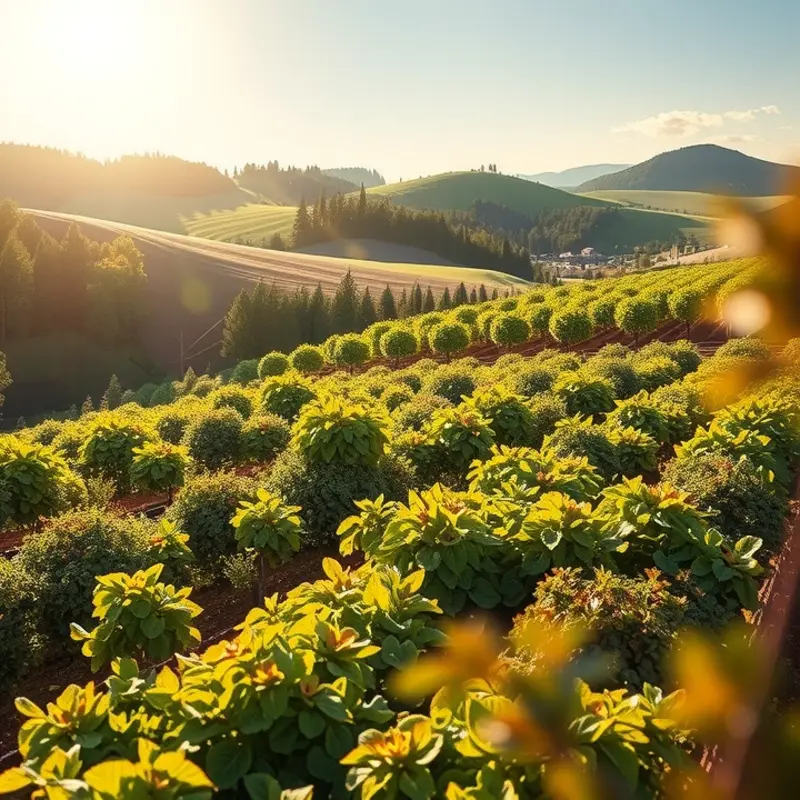
Embarking on the journey of spice blending is a deeply sensory experience that transcends merely combining ingredients. Various cultures have mastered this art, each with its own unique techniques that ensure the enhancement of the flavors in their dishes.
The first step often involves toasting spices. This method, prevalent in many Asian and Middle Eastern cuisines, releases the essential oils within the spices, thus intensifying their flavors. Lightly toasting whole spices in a dry skillet over medium heat can transform your blend, adding depth and complexity. Once toasted, grinding the spices to a fine powder is the next crucial step. This not only makes the spices easier to use but also helps to evenly distribute their flavors throughout a dish.
Proportions are key in creating spice blends. How you measure and balance the ingredients will define the character of your blend. For instance, Indian garam masala balances the sweetness of cinnamon and cardamom with the heat of black pepper and cloves. Similarly, North African ras el hanout may include sweet, savory, and spicy elements, carefully measured to achieve harmony.
Experimentation is encouraged. Begin with small batches, tweaking proportions until you find a blend that delights your palate. Creating your signature blend allows for personalization, based on how you wish to elevate particular flavors in your cooking.
Spices offer more than just taste; they bring with them several health benefits. For example, turmeric, often included in curry powders, has anti-inflammatory properties. It supports joint health and overall well-being (source). Similarly, cinnamon can assist in regulating blood sugar levels, while the capsaicin in chili powders can boost metabolism and aid in digestion.
Engaging all the senses during spice blending intensifies the experience. The vibrant colors, diverse textures, and robust aromas captivate sight, touch, and smell. Hearing the sizzling of toasting spices or the rhythmic sound of grinding can also be meditative, turning the process into a mindful practice.
By exploring these traditional techniques, both their historical and contemporary applications become apparent. Across cultures, from the meticulous crafting of French herbes de Provence to the fiery intricacies of a Mexican mole mixture, spice blending remains a testimony to cultural heritage and culinary creativity.
Whether you follow traditional recipes or forge your path, crafting spice blends is an invitation to connect with cultures and create flavors that tell a story, one spice at a time.
Final words
Traditional spice blending is a beautiful confluence of culture, history, and culinary art. By recognizing the stories behind every blend, we not only enhance our dishes but also connect with a broader legacy of flavors that have shaped communities across the globe. Whether you’re experimenting with spices in your kitchen or exploring the traditions of different cultures, remember that each blend is a testament to human creativity and connection. So, gather your spices, share the experience, and embark on a journey of taste that transcends borders.



